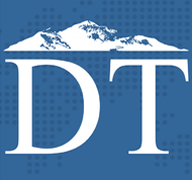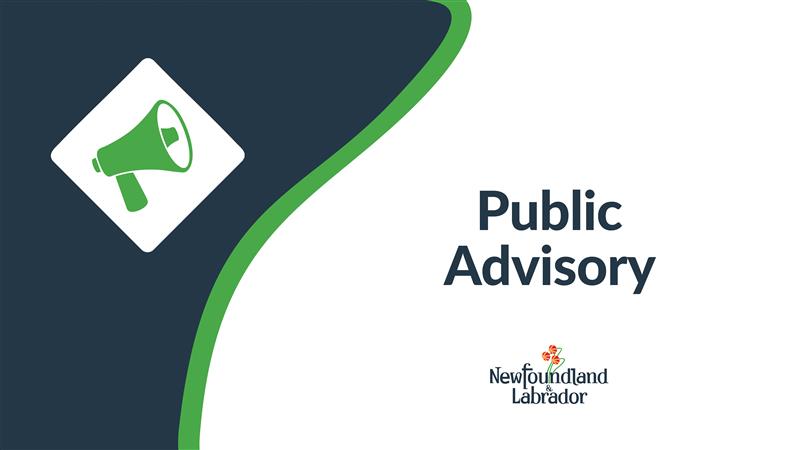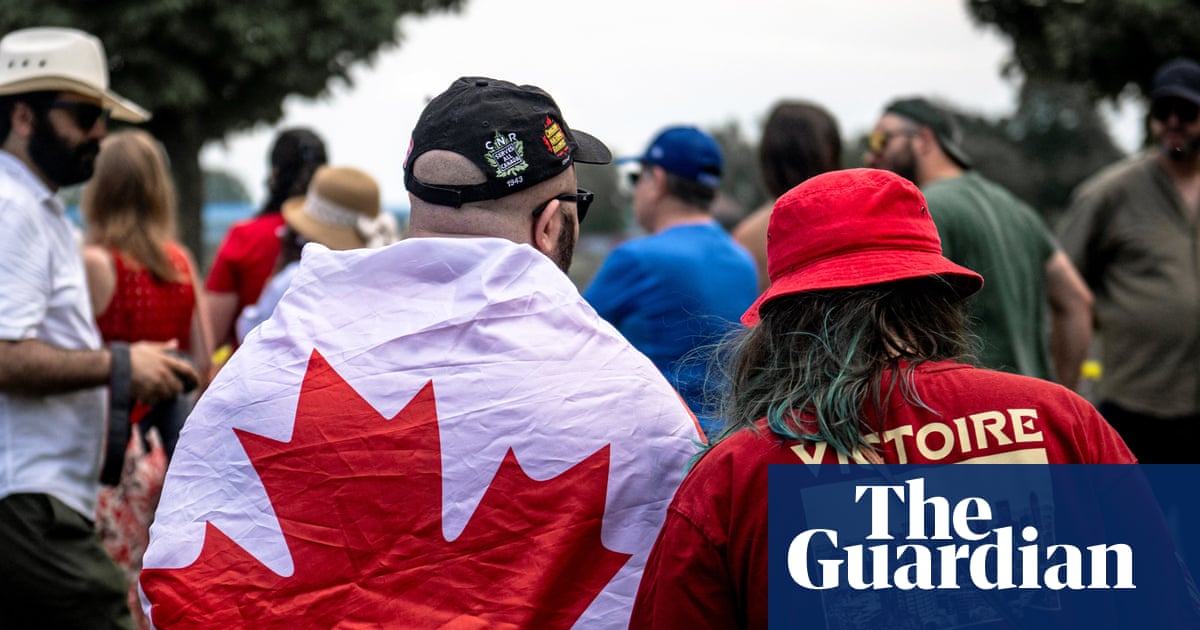Strategy includes 40 recommendations that will continue the United States’ position as an aviation powerhouse for the next 100 years
WASHINGTON, D.C. – U.S. Department of Transportation Secretary Sean P. Duffy today unveiled the nation’s first ever Advanced Air Mobility (AAM) National Strategy setting an ambitious roadmap to accelerate American aviation innovation and transform our skies for the better.
The Strategy and accompanying action plan outline 40 recommendations to safely and efficiently support AAM operations. The Strategy will also help advance President Trump’s “America First” agenda—unleashing America’s economic strength and ensuring the U.S., and not our adversaries, remain a global leader in next-generation aviation.
“Since the Wright brothers first took flight in 1903, America has been at the forefront of aviation innovation. Today, we have a bold strategy to unlock the future of our skies and unleash this next chapter of aviation safely and efficiently,” said U.S. Transportation Secretary Sean P. Duffy. “Advanced air mobility vehicles will benefit the American people – transforming how the flying public travels, how first responders jump into action and communities access healthcare, how businesses deliver goods, and how we defend our nation. I look forward to working together to make this dream a reality.”
What is AAM?
AAM is a rapidly-emerging aerospace sector focused on safely and efficiently integrating highly automated aircraft into U.S. airspace. AAM is not a single technology but rather a range of innovations—particularly new aircraft types that typically operate below 5,000 feet—to transport people and packages more efficiently than ever before. Beyond aircraft, AAM requires a modern support system, including a skilled workforce, upgraded infrastructure, and clear regulatory frameworks.
Together, AAM has the potential to reshape how Americans live, work, and connect by enhancing rural and urban transportation, strengthening cargo operations, and advancing both medical and military transportation. By integrating automation, AAM should improve safety and efficiency and inspire the next generation of aviators.
Overview:
The Strategy is organized around six key pillars (Airspace, Infrastructure, Security, Community Planning and Engagement, Workforce, and Automation) essential to building a strong AAM system. The Strategy sets forth 40 recommendations designed to establish a resilient foundation for national policy.
The Plan is designed to implement the Strategy recommendations to support the safe, secure, and coordinated introduction of AAM. The Plan gives high-level implementation action items across four distinct strategic action phases, referred to as LIFT. These phases will advance research, stakeholder engagement, policy development, and technical deployment.
- Leverage Existing Programs to Support Innovation and Begin Operations
- Initiate Engagement with Partners, Research and Development, and Smart Planning
- Forge New Policy and Models Responsive to Public Needs
- Transform the Aviation Ecosystem
Today’s U.S. aviation industry and its workforce, from large manufacturing and commercial operations to robust general aviation, support $1.8 trillion in total economic activity and contribute 4 percent of the U.S. gross domestic product. The future of aviation will include AAM that can provide new levels of mobility, connectivity, and convenience for the transportation of people and cargo.
In June, President Trump issued the Executive Order “Unleashing American Drone Dominance” to enhance United States productivity, create high-skilled jobs, and reshape the future of aviation.
In 2022, Congress passed the Advanced Air Mobility Coordination and Leadership Act, recognizing the need for a whole-of-government approach to advance the Advanced Air Mobility ecosystem in the United States. This Act directed the Department to establish an Interagency Working Group to coordinate federal efforts related to AAM adoption and deployment and to develop both an AAM National Strategy and a Comprehensive Plan.
Support for the AAM Strategy:
“Today’s national strategy from the Department of Transportation marks a bold leap toward the future of aviation. From electric aircraft to AI-powered air traffic systems, this strategy reflects America’s commitment to lead in next-gen aerospace innovation,” said Federal Communications Commissioner Chairman Brendan Carr. “I applaud Secretary Duffy and DOT for assembling an all-star team and am pleased that our talented FCC staff were able to contribute to this historic document. The FCC looks forward to continued collaboration with DOT to make this important vision a reality.”
“Airports are grateful for the leadership of Secretary Duffy, along with the U.S. Department of Transportation and Federal Aviation Administration, in launching the Advanced Air Mobility (AAM) National Strategy and Comprehensive Plan,” said Kevin M. Burke, President & CEO of Airports Council International–North America. “Whether carrying passengers or cargo, eVTOLs and other highly automated aircraft will reshape how people and goods move around America. Airports are eager to engage with the Administration to identify the infrastructure needed to ensure safe and efficient AAM operations, as well as the funding mechanisms to support them. We look forward to playing a central role in advancing the nation’s AAM strategy.”
“Today is a landmark moment for advanced air mobility. At Electra, we applaud the Administration’s visionary leadership in navigating the most significant shift in aviation in a generation,” said Marc Allen, CEO of Electra.aero, Inc. “Our nine-passenger EL9 Ultra Short aircraft, whose certification is proceeding under the Department of Transportation’s long-established Part 23 process, takes off and lands in just 150 feet. It opens the door to a new era of Direct Aviation, where people can fly from where they are to where they want to go. We’re excited to work alongside the Department and the Administration to strengthen America’s leadership in this critical industry.”
“The future of aviation must be built in America. We welcome Secretary Duffy and the Department of Transportation’s leadership in advancing air taxis and are committed to bringing them into safe, real-world operation here in the U.S.,” said Adam Goldstein, Founder & CEO of Archer.
“Global leadership in advanced air mobility will be held by those who build, certify, and deploy first,” said Kyle Clark, Founder & CEO of BETA Technologies. “This National strategy, which lays out a bold, long-term vision for the future of this industry, puts the U.S. on that path, and BETA’s products are positioned to help deliver it. This creates a clear pathway for us to continue producing American-made, next generation technology to support both the needs of civilian communities and the mobility needs of our troops.”
“Advanced Air Mobility is the key to unlocking U.S. aviation leadership, addressing transportation and cargo gaps and supporting national security. The 2025 National AAM Strategy creates the roadmap for how the U.S. wins the autonomy race,” said Robert Rose, CEO & Co-Founder of Reliable Robotics. “FAA-certified aircraft autonomy will prevent the most common causes of aviation accidents, connect small towns and rural communities and provide transformational contested logistics capabilities to our warfighters. Reliable Robotics applauds President Trump’s Transportation Secretary Sean P. Duffy for his tireless work to advance United States leadership in AAM.”
“On behalf of NBAA and the association’s Advanced Air Mobility Roundtable, I want to thank Congress for directing this plan, and the DOT for delivering a national strategy, coordinated across 25 federal agencies, that blazes a path forward for the safe integration of AAM into the national airspace system,” said Matt Byrd, Vice Chair of NBAA’s Board of Directors and President & CEO of Hillwood Aviation.
“AUVSI commends Secretary Duffy for his leadership in keeping the United States at the forefront of aviation advancement and safety,” said Michael Robbins, President & CEO of AUVSI. “AUVSI looks forward to partnering with DOT, FAA, Congress, state and local governments, and industry to translate this strategy into action, accelerate innovation, and ensure the benefits of advanced air mobility and automation are realized for communities across the nation, and furthering U.S. leadership in advanced aviation.”
“Today is a significant day for the Advanced Air Mobility sector. GAMA applauds all the hard and collaborative work from the AAM Interagency Working Group, led by DOT, to create and put forth this national strategy,” said James Viola, President & CEO of the General Aviation Manufacturers Association (GAMA). “This strategy will ensure that the U.S. will be a global leader in AAM through the sector’s integration into the national airspace system with a focus on adapting and improving infrastructure; strengthening the aviation workforce; adapting and improving infrastructure; expanding security, safety and automation; and furthering community planning and engagement. The growth of the AAM sector will facilitate additional transportation options, create jobs, stimulate economic activity and competitiveness, and foster further advancement in aerospace technology.”
“States are excited for the advent of Advanced Air Mobility operations and are working to position themselves to assist the FAA in integrating them into the system. We know that together with the federal government we have already invested in building thousands of airports across the nation in and around communities that are are well positioned to launch this exciting new technology,” said Greg Pecoraro, President & CEO of National Association of State Aviation Officials (NASAO). “States will be essential for AAM operations through many functions that draw on local and regional expertise, and we look forward to partnering with USDOT and the FAA in this effort.”
“AUVSI commends Secretary Duffy for his leadership in keeping the United States at the forefront of aviation advancement and safety,” said Michael Robbins, President & CEO of AUVSI. “AUVSI looks forward to partnering with DOT, FAA, Congress, state and local governments, and industry to translate this strategy into action, accelerate innovation, and ensure the benefits of advanced air mobility and automation are realized for communities across the nation, and furthering U.S. leadership in advanced aviation.”
“The promise of advanced air mobility will be a game-changer in communities all across the country,” said Todd Hauptli, CEO & President of AAAE. “Secretary Duffy today unveiled an ambitious vision for its future and we are ready to get to work with our partners in government and industry to work through implementation issues and accelerate its widespread adoption.”
“Vertical Aviation International appreciates this Administration’s leadership in advancing American ingenuity, and we strongly support the National Strategy for Advanced Air Mobility, which provides a clear, coordinated vision for integrating new vertical aviation capabilities safely and responsibly,” said François Lassale, President & CEO of Vertical Aviation International.
“The Advanced Air Mobility National Strategy represents an important milestone in aligning innovation with practical implementation,” said Curt Castagna, President & CEO of NATA. “AAM has the potential to serve as a catalyst for new aviation services and connections, extending aviation’s reach to more communities. We thank Secretary Duffy for his leadership and vision in advancing a coordinated national framework and for recognizing the importance of industry collaboration as these technologies move toward deployment. Realizing that potential will require thoughtful coordination across government and industry, with careful attention to infrastructure, energy, communications, and integration into existing airspace. Forward-looking regulatory and operational frameworks, supported by specialized expertise and operational experience, will be essential to balancing innovation with safety, scalability, and long-term success.”
“The release of this National Strategy is a historic and pivotal moment for the entire AAM industry and for the future of U.S. aerospace leadership. For Wisk, the Strategy recognizes that autonomy is the key to unlocking the full potential of AAM,” said Sebastien Vigneron, CEO of Wisk. “Autonomy can enhance safety, facilitate scaling to meet public demand, and help reduce operational costs. This federal recognition aligns with our mission, and we’re eager to prove out our technologies.”









